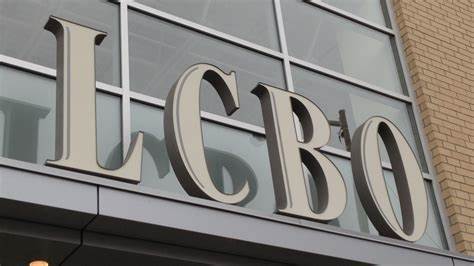Last month witnessed a significant decline in the annual inflation rate, raising debates among economists on whether it would sufficiently dissuade the Bank of Canada from implementing another rate hike in July.
According to Statistics Canada’s report on Tuesday, the annual inflation rate for May experienced a substantial drop, decreasing by a full percentage point to 3.4 per cent.
The majority of economists anticipated a notable decrease in the headline inflation rate last month, following a surprising uptick in April, where it reached 4.4 per cent. This marked the first increase in the inflation rate in 10 months, surpassing the 4.3 per cent from the previous month.
RBC Economics had initially anticipated a more moderate decline in the May inflation report, projecting a decrease to 3.6 per cent.
In the spring and summer of 2022, the prices of gasoline and oil experienced a sharp surge due to Russia’s invasion of Ukraine. As a consequence, Janzen explains that the annual inflation data will be affected by the removal of these price increases, resulting in a reduction in year-to-year price growth.
According to StatCan, the primary factor driving the monthly Consumer Price Index (CPI) figures was once again the escalating mortgage costs associated with the Bank of Canada’s higher interest rates. The mortgage cost index witnessed a significant annual increase of 29.9 percent, marking the third consecutive month of record-breaking growth in this category.
On the other hand, there was a notable decrease in prices for cellular services, with an 8.8 percent year-over-year decline, marking the most significant drop since April 2022. Additionally, furniture prices experienced a decrease of 2.9 percent. Moreover, the price increase for passenger vehicles stood at 3.2 percent, which represents the smallest increase since February 2021.



